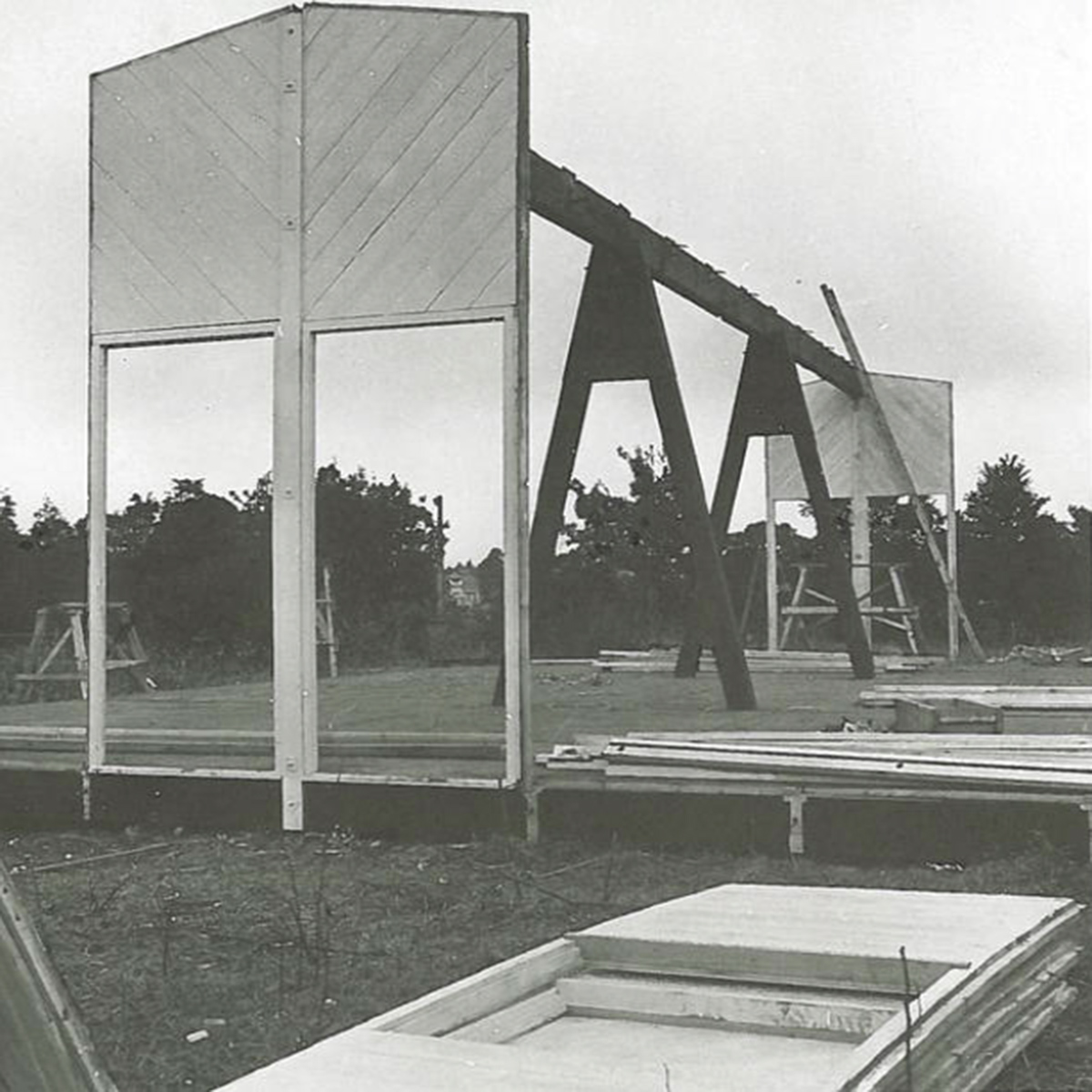Submitted by WA Contents
Design for Society, Design from Society: The socio-political significance of minimum-size housing
Japan Architecture News - Aug 13, 2015 - 11:15 3993 views

Junzo Sakakura. Prefabricated architecture, first experiment, 1941. © Sakakura Office, Tokyo
Design for Society, Design from Society: The socio-political significance of minimum-size housing and prefabrication in Japan in the mid-twentieth century
Research: 13 August 2015
@6:00 pm/ Presented in English
Izumi Kuroishi, 2015 Visiting Scholar, examines prefabrication and minimum-size housing in Japan in the mid-twentieth century:
''Japanese architectural culture was enthusiastically recognized by Bruno Taut and Walter Gropius during the periods immediately before and after the Second World War. Its simplicity, small scale and geometric and naturalistic qualities were emphasized, and were compared with the ideas and formal aesthetics of Modernism. These qualities are still often mentioned in praise of Japanese houses today.
However, a historical view of Japanese architecture and urban design from the prewar and postwar periods signals the lack of social context in the above interpretation. In the processes of Westernization and industrialization, the economy of consumption and globalization had profound effects on Japan’s customs, aesthetics and architectural and urban culture, creating a rupture in design thinking, manufacturing technique and architecture’s relationship with society''......Continue Reading
> via cca.qc.ca/en